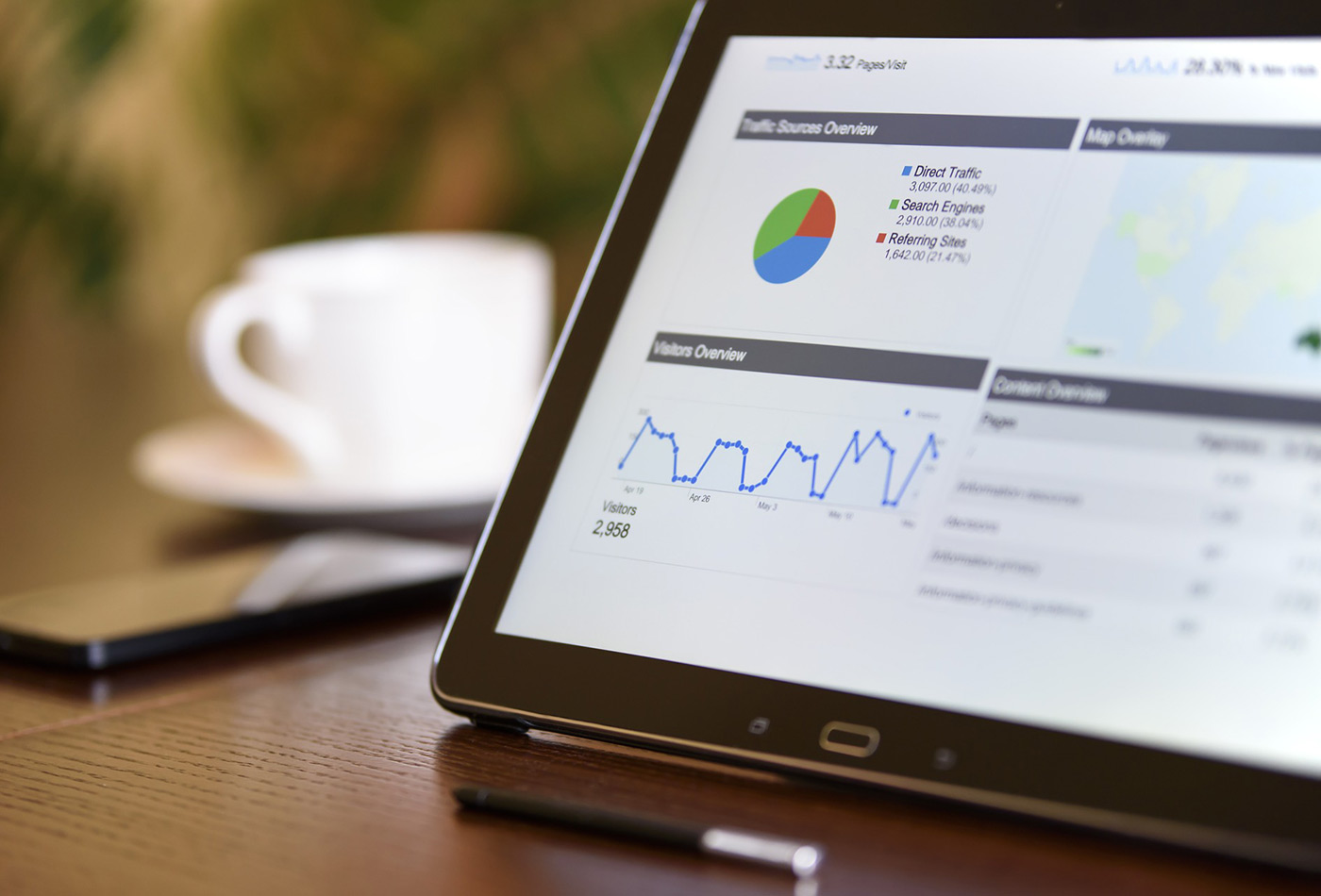“Data as a feature” is coming. Are product managers ready?
By packaging and delivering actionable data in applications, product managers can help users achieve their goals.
 Interface (source: Pixabay)
Interface (source: Pixabay)
More and more, apps are capable of delivering more than a service, such as access to a bank account or the ability to order a pizza. Apps can offer users data—and not just a dump of data that has little value, but data specifically designed to be of value to the user.
This is called “data as a feature”—it is the act and process of treating data as a core feature of a software product in a way that delivers value to the user. Taking this definition a step further, a product with data as a feature delivers that data in a way that helps the user meet a goal.
The trend of consumerizing applications and making data easier for users to consume and make decisions with is affecting apps and services across all industries. As consumers more and more come to expect, and even demand, value and deep insights, software product managers are increasingly tasked with the responsibility for making sure that “data as a feature” is successfully implemented in the apps they are bringing to market. By packaging and delivering data effectively in a product, they can help users become more informed and better able to take action.
Implications for product managers
So, why build data as a feature?
Because everyone is being overwhelmed with data. Business users as well as consumers have data bombarding them from all angles. The challenge for people has shifted. They used to ask for more data all the time. Now they are getting too much of it. They want to get value out of it, but are overwhelmed.
Software developers are responding to this need by translating and presenting data to users in a way they can immediately grasp, and on which they can take action. They’re building data as a feature into their products and displaying that data in visually appealing, intuitive, and easily consumable ways.
In turn, product managers today face a significant addition to their duties—they now need to begin treating data as a feature in the products they’re building. In other words, not viewing data as only a byproduct of the apps they’re charged with developing, but as a prominent feature.
To do this successfully, it’s critical to understand who is going to be using the products, what their data needs are, and how a specific data-driven “slice of business functionality” could help users meet those needs.
To achieve this, “design thinking” is important, even critical. But even more so is “goal thinking”: what are users’ goals, and how do you present data in a way that helps them achieve those goals?
These are challenging questions, and product managers are the ones who have to bring it all together. They need to do all of the following:
- Understand the data needs—and goals—of their users
- Keep the apps they’re developing aligned with the goals of their businesses
- Deliver exemplary user experiences with data within the confines of their current technical capacities
- Balance the inputs of their developers, UX designers, and users with their own visions for their products so that they bring real value to market
To help product managers achieve all these requirements, O’Reilly and TIBCO Jaspersoft have written a free report, Data as a Feature, to help you learn why treating data as a feature in your products is a way to make them stand out from the crowd. The report emphasizes that standing out requires more than just providing beautiful data visualizations. The data needs to help users take action, make a decision, or reach a goal.
The report includes hands-on examples, and tips and best practices for managing a project that includes data as a feature. Among other things, the report shows you how to use personas, surface your assumptions, and make your data “over-the-counter” so it can be easily understood and valuable to your users.
For more, download the free report, Data as a Feature.
This post is a collaboration between O’Reilly and TIBCO Jaspersoft. See our statement of editorial independence.
